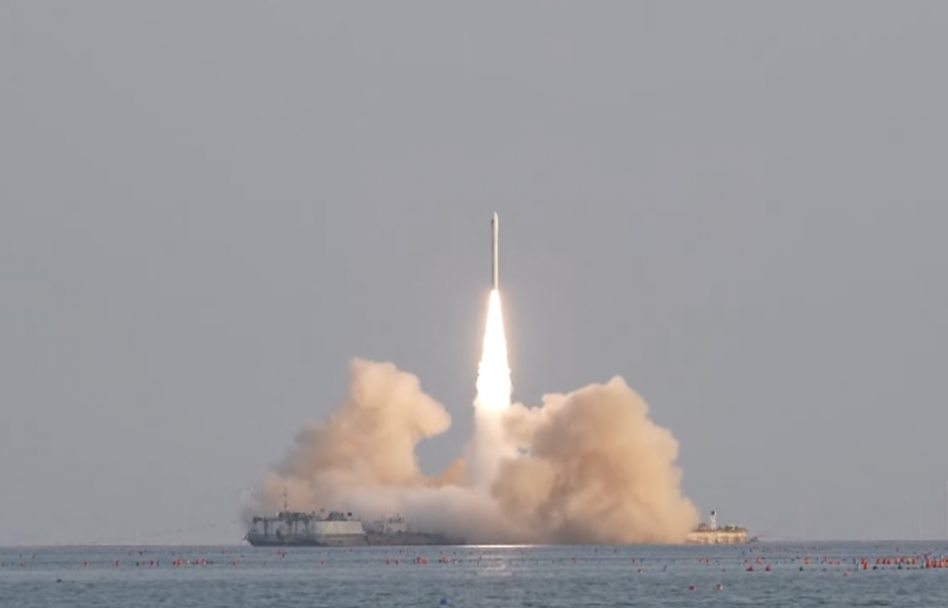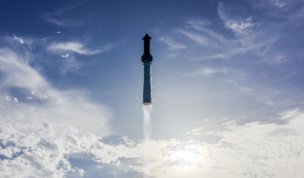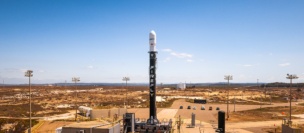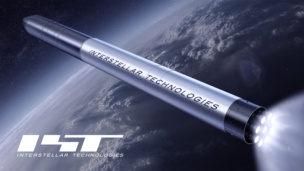Chinese rocket startup Galactic Energy launched its Ceres-1 solid rocket from a mobile sea platform yesterday, becoming China’s first commercial rocket to achieve the feat.
The launch, which transported four IOT birds to LEO, took place off the coast of Haiyang in the Yellow Sea.
Sea launcher: With this launch, China has now completed five orbital solid rocket launches from a barge at sea, including state-owned Long March 11 and Smart Dragon 3 missions. Tailored for solid rockets, converted barges sidestep the challenges associated with cryogenic fueling.
Little Mermaid: The mission, which was nicknamed The Little Mermaid, was the ninth time Galactic Energy has launched Ceres-1, but the other launches took place from land. Ceres-1 is a 19-m tall, 1.4-m wide, four-stage rocket. The vehicle can deliver 400 kg to LEO, using solid propellant in its first three stages and liquid fuel in its fourth stage.
Galactic Energy is a part of China’s growing private rocket market, which includes Landspace, i-Space, OneSpace, Space Pioneer, and LinkSpace.
Sea Launch
Sea launches offer numerous benefits compared to land launches, Tom Marotta, CEO of US-based maritime launch The Spaceport Company previously told Payload. The pros include:
- Fewer environmental impacts
- No community disruptions and road closures
- The ability to sail to locations better suited for different orbits
“Being out at sea, we have fewer environmental impacts and can get approved for higher launch rates,” said Marotta.
The upshot: Launching at sea could give China greater flexibility and alleviate launch bottlenecks at a time when China’s space sector is growing at a rapid pace.




